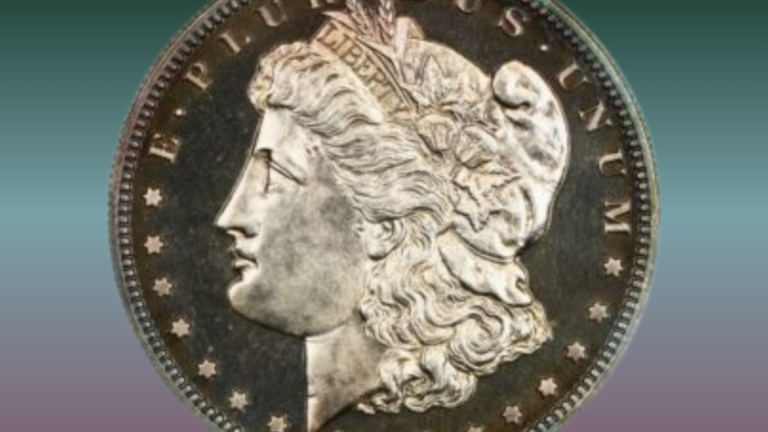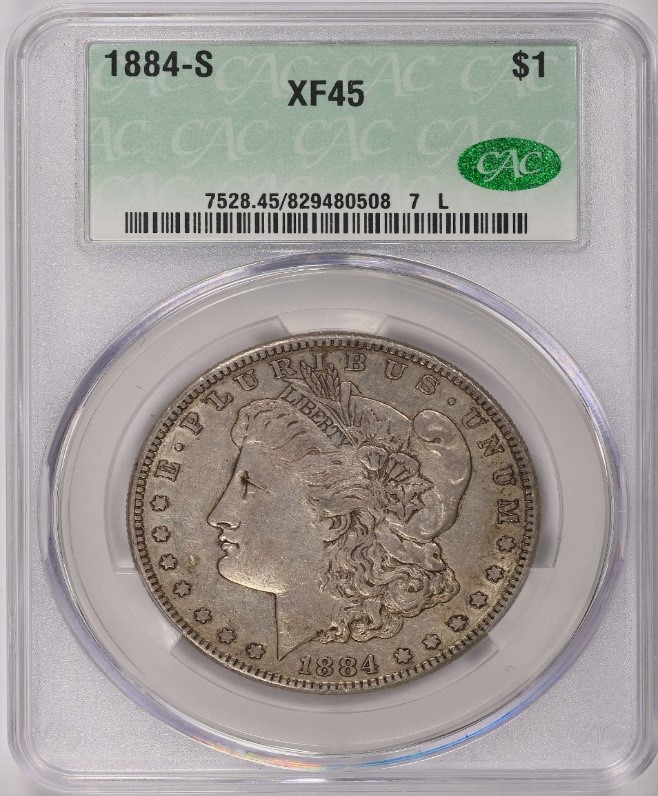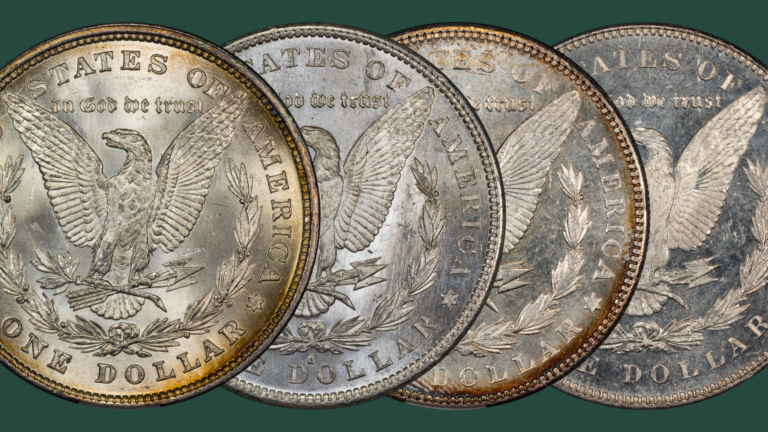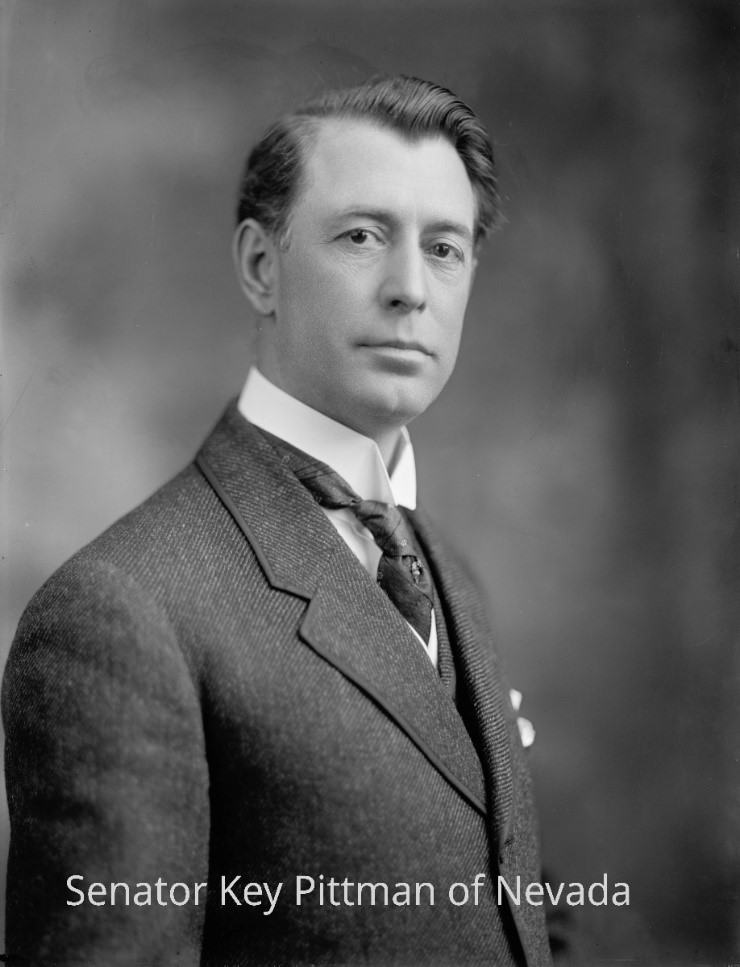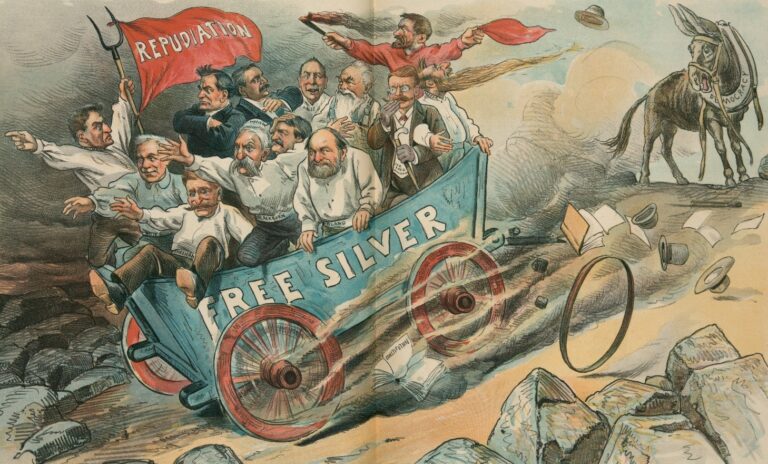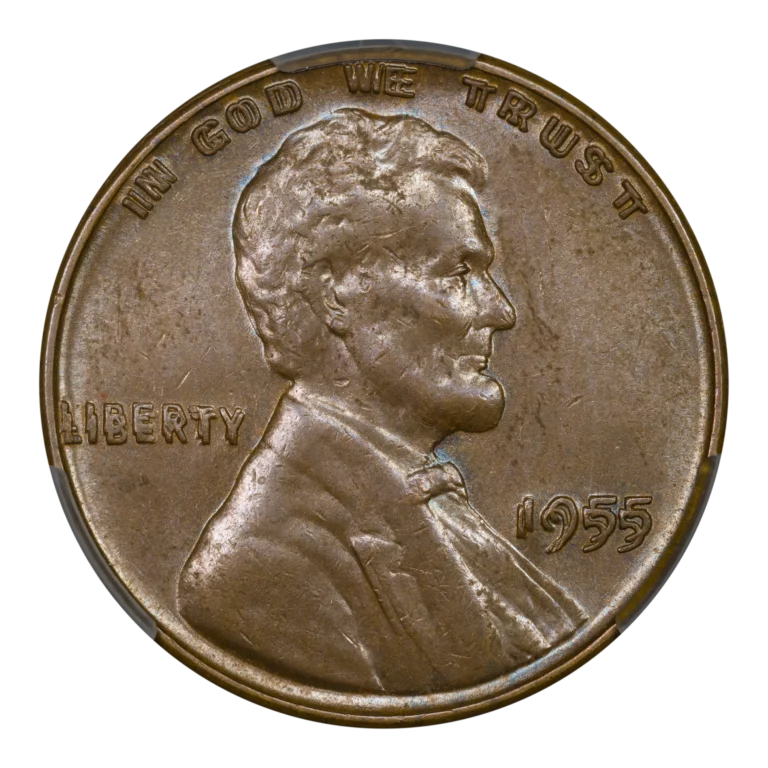by Greg Reynolds
This discussion is about assembling a type set of Proof, classic U.S. half dollars that were minted after the U.S. Civil War (1861-65). Such a set requires just one coin of each design type. A type set of these is easy to put together and many of the coins available are beautiful.
Type #13 – Walking Liberty Dollars (1916-47)
Proof Walking Liberty half dollars were minted from 1936 to 1942. Most of them are very glossy. While residing in original U.S. Mint packaging, they frequently toned light blue and/or shades of russet, often including an orange-russet blend. Touches of light to medium green or an overall dark green tint are sometimes present. A Proof Walker that exhibits a lot of light or bright green colors was probably artificially toned.
Other colors, which are hard to describe, tended to form on those Proof Walkers that were placed in the kinds of coin albums that were popular in the 1940s and 1950s. From albums, rainbow tones may naturally form, though rainbow tones on Proof Walkers are often artificial. If I was collecting Proof Walkers, I would tend towards those with mild to medium light blue and russet colors. I recommend against paying a premium for a super-colorfully toned Walker.
Examples of public sales are put forth here to provide an idea regarding the values and availability of coins being discussed. I am not recommending for or against most of the coins that I mention. Indeed, I have never seen many of them.
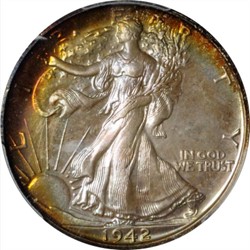
Additionally, auction results may be wholesale, low-retail, medium-retail, high-retail or, most often, around the wholesale/retail border for the respective coin. Auction results are cited to provide general information regarding values for educational purposes. Collectors are encouraged to consider and learn from multiple sources of information, not just auction listings.
CPG price estimates are sometimes cited, which I take to be estimates of medium-retail values. These are from the CDN-Greysheet family of publications in Virginia, to which I am a paid contributor.
As 1941 and 1942 Walkers are easy to find and obtain, sales of these are put forth as examples. Proof Walkers from the 1930s are scarcer and market levels for them are higher. In sum, there are a large number of really appealing Proofs of this type around and it is fun to choose one.
As of Oct. 20, 2021, the CPG-CAC retail price estimate for a 1941 or 1942 Proof-66 Walker is $715 and the CPG estimate for a CAC approved Proof-67 1941 or ’42 Walker is $1090.
On May 19, 2021, Stack’s-Bowers sold a CAC approved, PCGS certified Proof-66 1942 Walker for $408. On May 30, the firm of David Lawrence sold a PCGS certified Proof-66+ 1942, with a CAC sticker, for $526. It is important to keep in mind that experts at CAC ignore the plus aspect of plus grades assigned by PCGS or NGC. On July 23, 2021, the firm of Scotsman auctioned a CAC approved, PCGS certified Proof-67 1942 for $885.
Although Proof 1942 and 1941 half dollars are easier to find, more than a few Proof Walkers of earlier dates are sold every year. On July 25, 2021, David Lawrence Rare Coins sold a CAC approved Proof-65 1939 half for $650. On May 30, 2021, this same firm sold a PCGS certified Proof-66+ 1938, with a CAC sticker, for $916. On July 23, the firm of Scotsman auctioned a CAC approved Proof-65 1937 for $826.
The 1936 is the scarcest of the Proof Walkers, and marks the first year that the U.S. Mint resumed selling Proof coins to the general public after stopping in 1916. U.S. Proofs minted from 1917 to 1935 were patterns, experimental pieces, consequences of political machinations or clearly legitimate special coins for influential people.
On Aug. 17, 2021, Stack’s-Bowers auctioned a CAC approved, NGC certified Proof-64 1936 half dollar for $1980. There is no need, though, to consider a 1936 for a type set. A collector may practically hone in on those Proof Walkers that are naturally colorful and flashy, regardless of date, and select one that is really cool.

Type #12 – Barber Half Dollars (1892-1915)
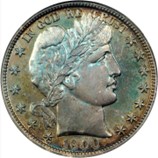
Proof Barber half dollars are easy to find. During the 1890s and early 1900s, there were many collectors and members of the general public who bought Proof sets directly from the Philadelphia Mint. A significant number of such sets remained intact until the latter part of the 20th century. Many were mostly undisturbed or entirely so. Indeed, during the course of my life, I have examined a large number of original Proof sets from the 1890s and early 1900s. I remember being enchanted by them when I was ten years old.
I suggest selecting Proof Barbers with natural blue, green, apricot, tan and/or russet tones. Their original mint packaging was extremely conducive to colorful toning. I recommend against paying much of a premium for a Proof Barber coin with a ‘Cameo’ designation. Proof Barber halves without a ‘Cameo’ designation are more attractive and more original in many instances.
On May 9, 2021, GreatCollections sold a CAC approved, NGC certified Proof-65 1905 half dollar for $1611.50, more if the buyer paid with a credit card. On June 6, GreatCollections sold a CAC approved Proof-66 1910 for $2768.62.
Generally, medium retail prices for CAC approved Proof-65 Barber halves are below $2000 and are around $3000 each for typical CAC approved Proof-66 Barber halves. Auction prices are often lower than medium retail prices.
Sadly, much colorful natural toning has been obliterated by way of dipping Proof Barber coins in acidic solutions, which destroy most or all the toning on each. I suggest searching for those with rich and true colors. As so many Proof Barber halves are around, collectors may wait and select a coin that has emotional impact.
Type #11 – Liberty Seated, With Motto, With Arrows (1873-74)
In some of my other collecting guides, the reasons for the arrows in the obverse design of Liberty Seated coins in 1873 and 1874 are discussed. Here, the focus is on values and availability. Proof 1874 ‘With Arrows’ halves are usually much less expensive than equivalent Proof 1873 ‘With Arrows’ halves.
On August 17, 2021, Stack’s-Bowers auctioned a CAC approved, PCGS certified Proof-65-Cameo 1873 ‘With Arrows’ half dollar for $13,200, a good value. I examined this coin, and liked it. It is not an example of a dipped-white ‘Cameo Proof.’ There is significant toning, which is very much natural. This is a very desirable, gem quality coin. It is more attractive in actuality than it appears to be in published images.
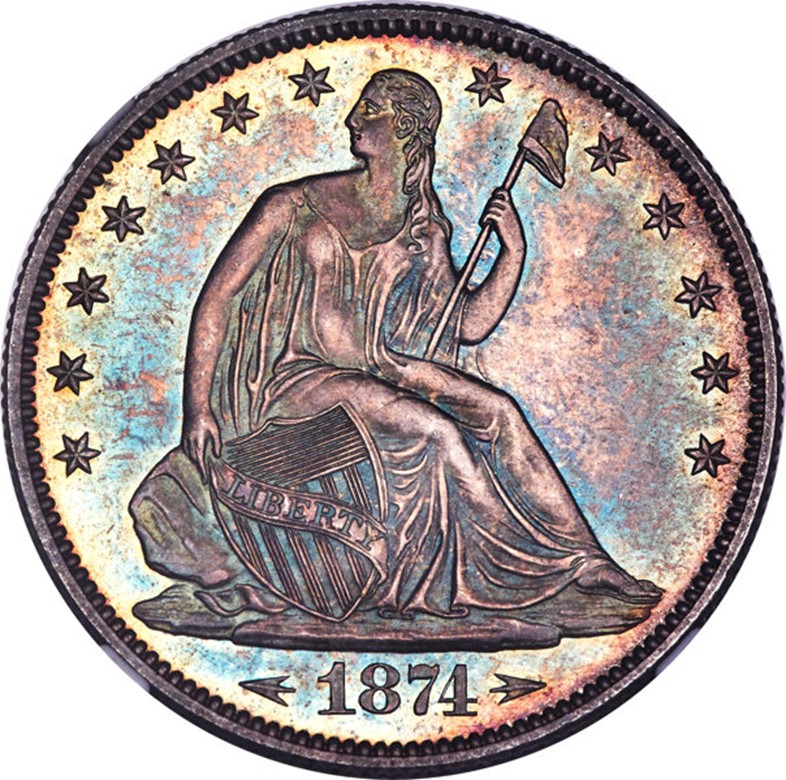
On July 14, 2021, Heritage auctioned a CAC approved, NGC certified Proof-65 1874 ‘With Arrows’ half for $8100. On Nov. 29, 2020, David Lawrence sold a CAC approved, PCGS certified Proof-66 1874 ‘With Arrows’ half for $20,750. Not long before that sale, this coin was owned by the connoisseur known as Mr. Perfection, a legend in our own time. Mr. Perfection has assembled numerous sets, which have included stunning, gem quality, classic U.S. coins.

Show off Your Collection in the CAC Registry!
Have CAC coins of your own? If so, check out the CAC Registry–the free online platform to track your coin inventory, showcase your coins by building public sets, and compete with like-minded collectors!
Type #10 – Liberty Seated, With Motto (1866-91 except 1874)
It is easy to acquire a Gem Proof of the ‘With Motto’ type. Those dating from 1879 to 1887 are the least scarce.
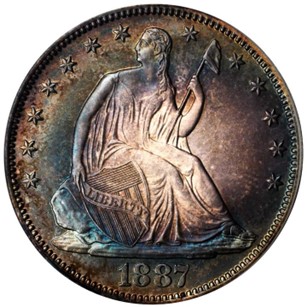
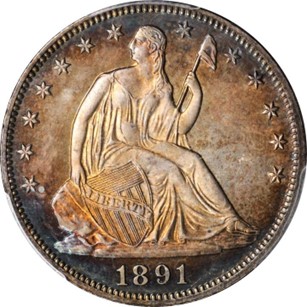
On July 15, 2021, Heritage auctioned a CAC approved, PCGS certified Proof-64-Cameo 1883 half for $2340 and a CAC approved, Proof-65 1883 half for $2640. On Sept. 2, 2021, Legend auctioned a CAC approved Proof-65 1885 half for $2232.50.
On April 23, 2020, Heritage auctioned a CAC approved Proof-66 1880 half for $3720. On Oct. 14, 2020, Heritage auctioned a CAC approved Proof-66 1881 half for $4560. Two days later, Heritage sold a CAC approved Proof-66 1884 half for $3360. On August 17, 2021, Stack’s-Bowers auctioned a CAC approved, PCGS certified Proof-67 1886 half for $6600.
More so than for prices for Proof Walkers, Barber halves or Morgan silver dollars, prices realized for Proof Liberty Seated halves tend to vary depending upon the aesthetic characteristics of each coin and the personalities of the bidders. Auction prices realized for Proof Barber halves and Walkers are relatively more predictable. Gem Proof silver coins dating from after the U.S. Civil War to the 1940s are often colorful and/or flashy. In addition to being attractive, individual coins tend to be distinctive, much more so than some other kinds of U.S. coins that are widely collected.
Images are copyrighted by Great Collections, Heritage Auctions, and Stack’s Bowers.
Copyright © 2021 Greg Reynolds
About the Author
Greg is a professional numismatist and researcher, having written more than 775 articles published in ten different publications relating to coins, patterns, and medals. He has won awards for analyses, interpretation of rarity, historical research, and critiques. In 2002 and again in 2023, Reynolds was the sole winner of the Numismatic Literary Guild (NLG) award for “Best All-Around Portfolio”.
Greg has carefully examined thousands of truly rare and conditionally rare classic U.S. coins, including a majority of the most famous rarities. He is also an expert in British coins. He is available for private consultations.
Email: Insightful10@gmail.com
